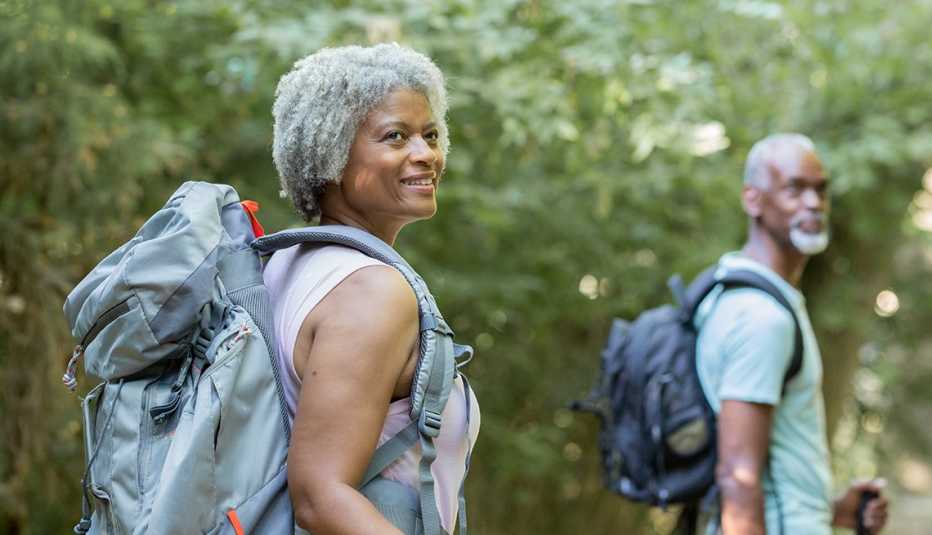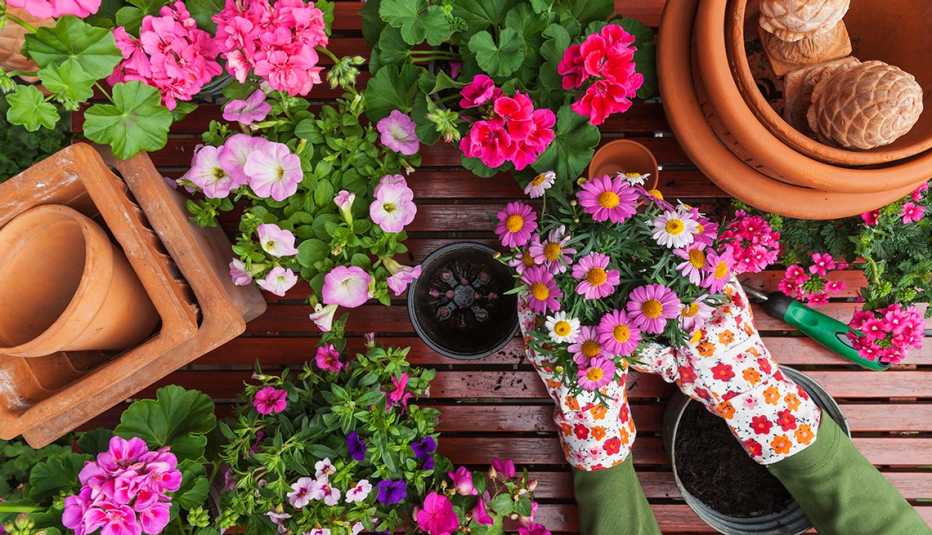Staying Fit
Spring is finally here, and for gardeners who’ve been cooped up in chillier parts of the country, that means it’s time to get outside and get a little dirty — and maybe a little healthy, too.
Gardening is good for you. Studies show it is real exercise, with benefits that may include everything from stronger hands to healthier hearts and longer lives. One Swedish study found lower rates of stroke, heart attack and early death among older gardeners, regardless of their other exercise habits. Gardening also can be a boon for the mind and a way to connect with other people.


AARP Membership— $12 for your first year when you sign up for Automatic Renewal
Get instant access to members-only products and hundreds of discounts, a free second membership, and a subscription to AARP the Magazine.
Want to make a healthy habit even healthier? Consider these eight ideas:
1. Pick up the pace … gradually
Physical activity guidelines from the U.S. Department of Health and Human Services say adults should aim for at least 150 minutes of moderate activity or 75 minutes of vigorous activity each week. Gardeners can “easily meet” the goal for moderate activity, says Candice Shoemaker, a retired professor of horticulture at Kansas State University.
Though a little weeding might not raise your heart rate much, anything that uses both the upper and lower body, such as digging, raking or pulling a hose can get you into the moderate activity zone, Shoemaker says.
If you’ve had an inactive winter, “maybe do little bouts at a time to build up” endurance, suggests Christine Zellers, a health educator with the Rutgers Cooperative Extension of Cape May County, New Jersey. “Maybe walk back and forth a little bit, get your muscles warm, maybe even do some stretches,” she says.
2. Lift that bale … with care
Government activity guidelines call for strength-building exercises at least a couple of times a week, and the heavy lifting involved in some gardening tasks can count, the guidelines say.
Shoemaker says her research shows that even light gardening tasks, such as potting plants, can improve hand strength and finger dexterity in older adults, including those recovering from strokes.
Gardeners need to know their own strength and act accordingly, Zellers says. When she works alone with heavy bags of mulch, she uses a bucket to carry manageable amounts to planting beds.







































































